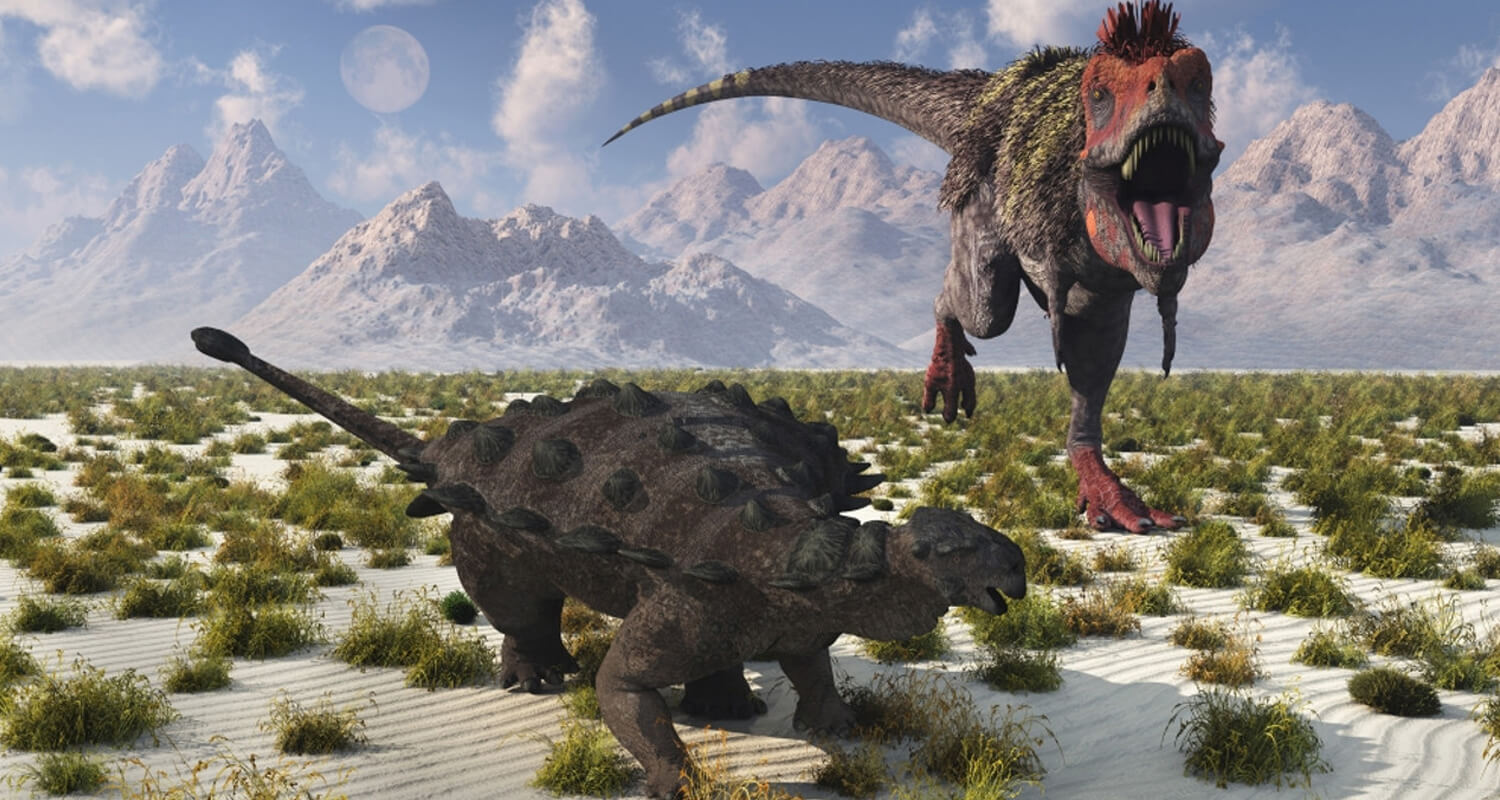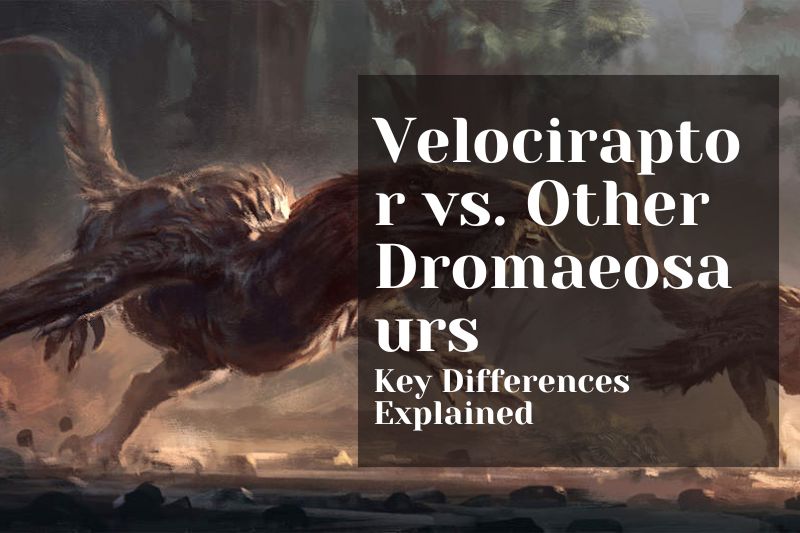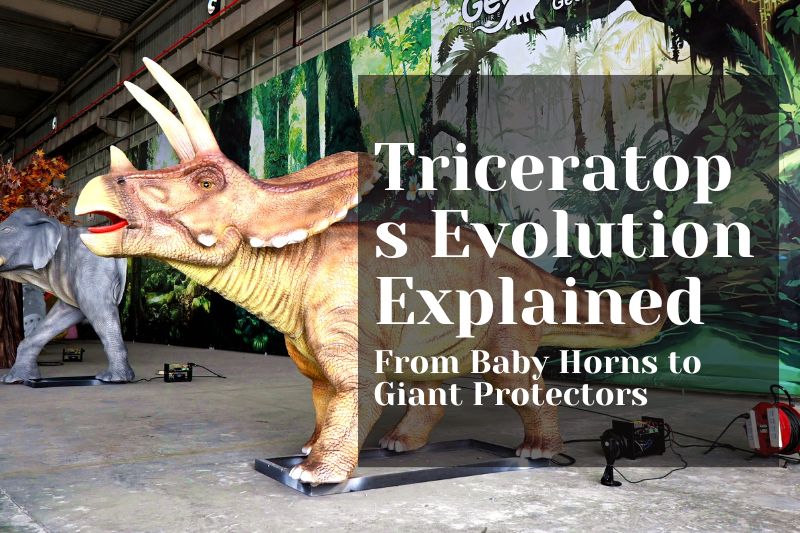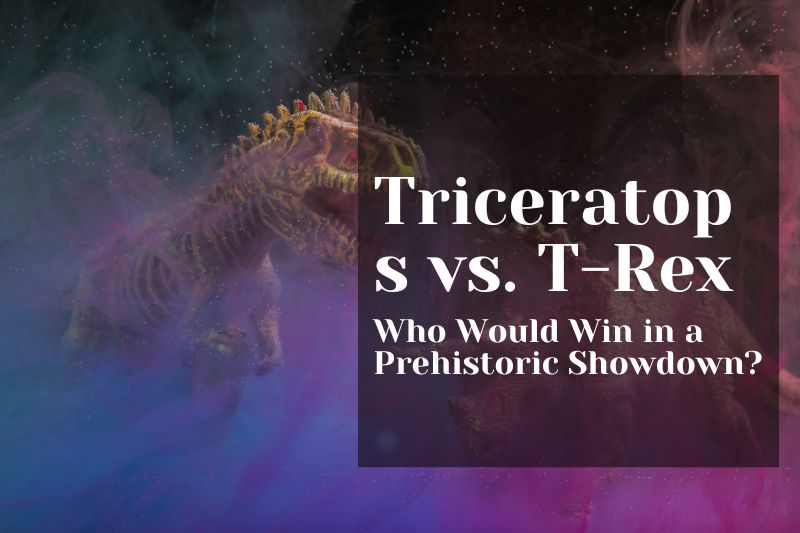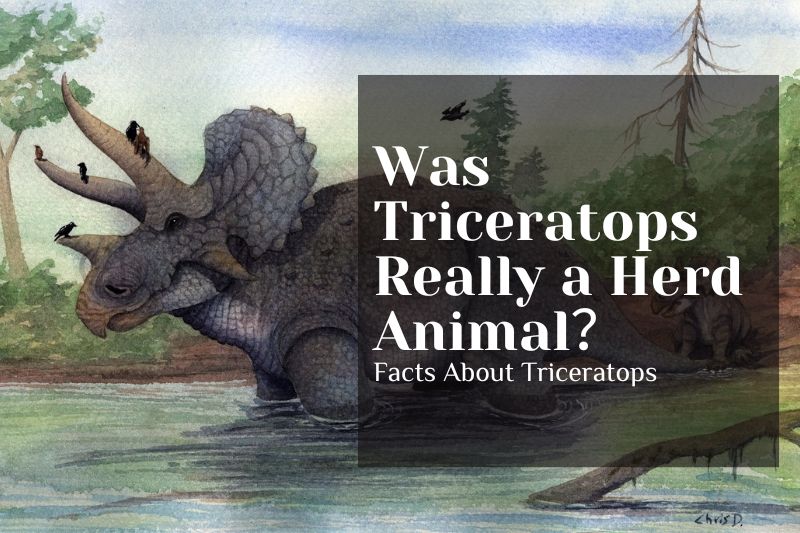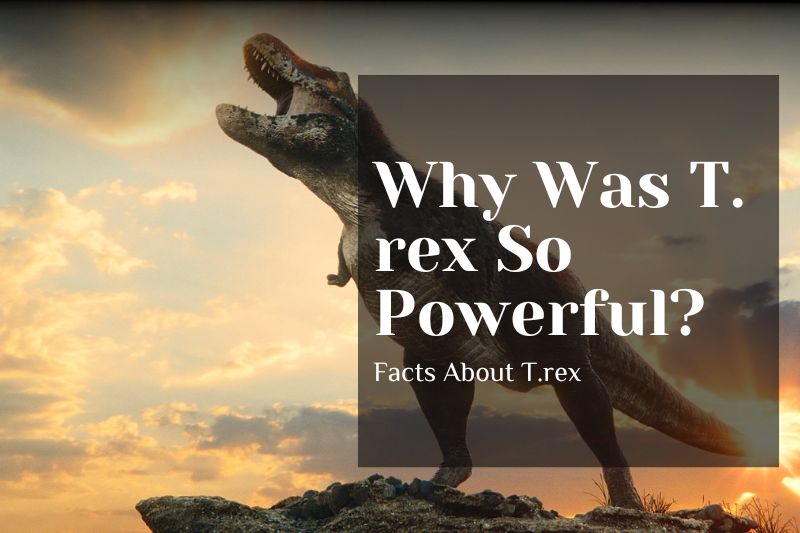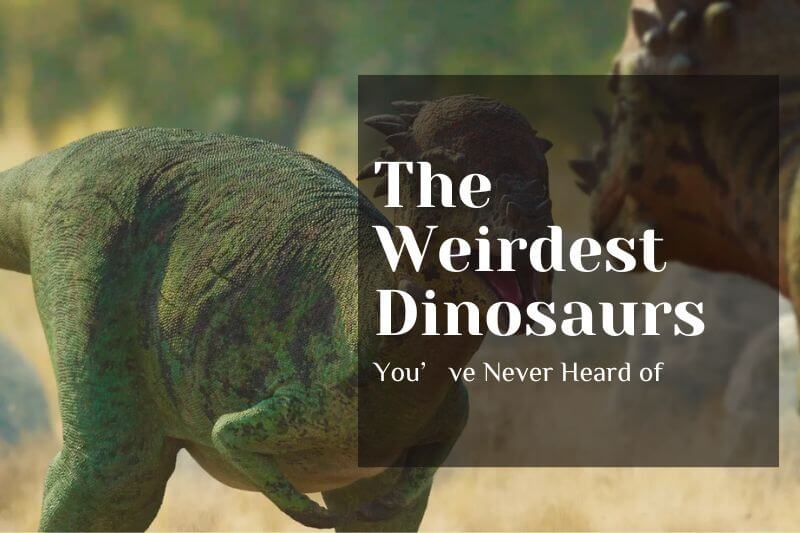Armored Dinosaurs: Nature’s Fortified Giants
Date:2025/05/30 Visits:977
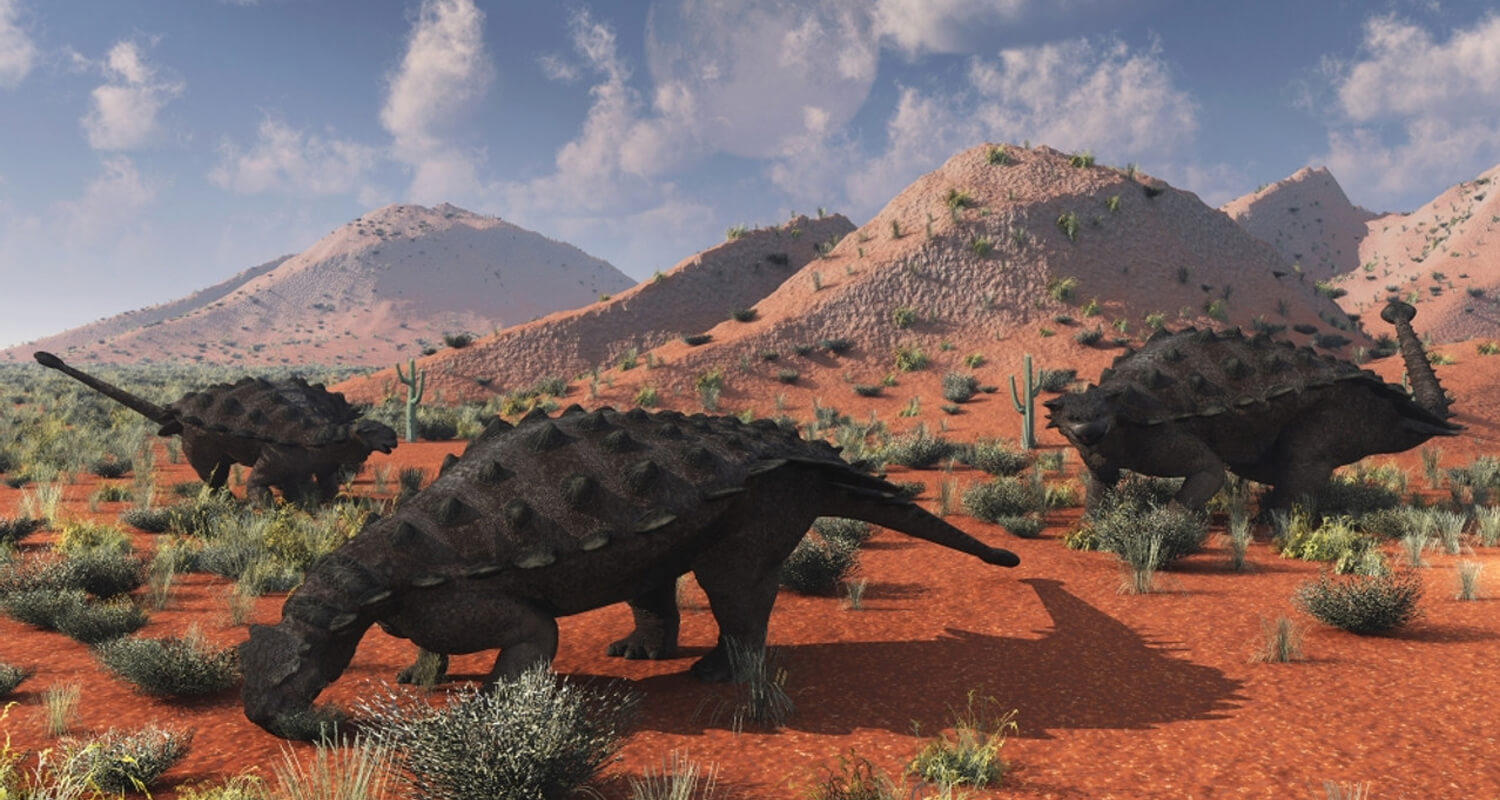 Dinosaurs ruled the Earth for millions of years, and survival in such a competitive world required more than just size or speed—it demanded protection. Among the most remarkable examples of evolutionary defense are the armored dinosaurs, a group of herbivorous giants outfitted with bony plates, spikes, and tail clubs. These natural fortresses weren't just survivors; they were marvels of prehistoric engineering.
Dinosaurs ruled the Earth for millions of years, and survival in such a competitive world required more than just size or speed—it demanded protection. Among the most remarkable examples of evolutionary defense are the armored dinosaurs, a group of herbivorous giants outfitted with bony plates, spikes, and tail clubs. These natural fortresses weren't just survivors; they were marvels of prehistoric engineering.
What Are Armored Dinosaurs
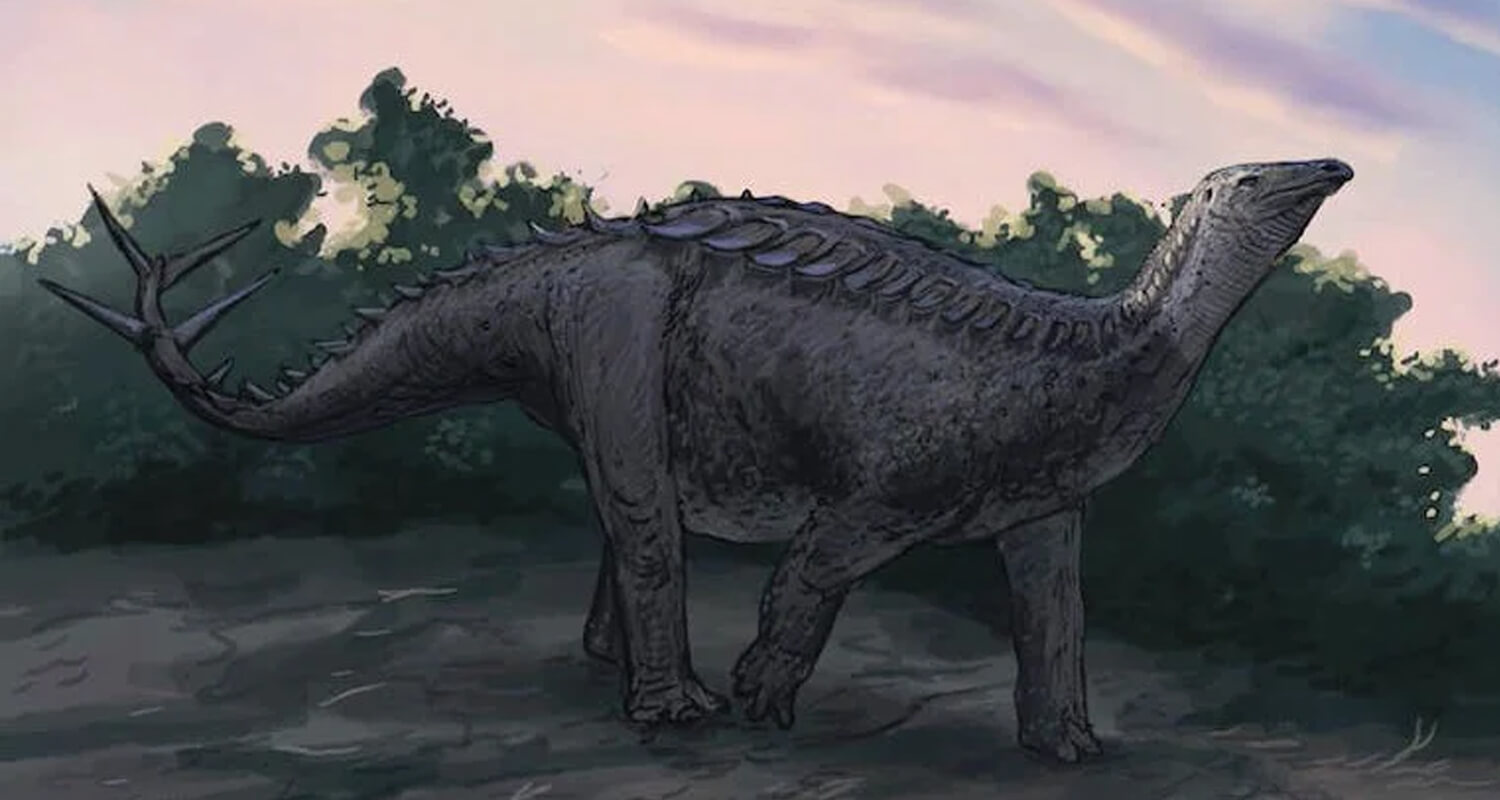 Armored dinosaurs are primarily classified under the group Thyreophora, meaning "shield bearers." These plant-eating dinosaurs evolved thick armor made of bony deposits known as osteoderms that were embedded in their skin. This natural body armor provided essential defense against large carnivorous predators.
Armored dinosaurs are primarily classified under the group Thyreophora, meaning "shield bearers." These plant-eating dinosaurs evolved thick armor made of bony deposits known as osteoderms that were embedded in their skin. This natural body armor provided essential defense against large carnivorous predators.
The two most prominent subgroups of armored dinosaurs are Ankylosaurs and Stegosaurs, each with unique adaptations and appearances. Their fossils have been found across the globe, showcasing their wide range and success during the Jurassic and Cretaceous periods.
Types of Armored Dinosaurs
Ankylosaurus: Living Tanks of the Cretaceous
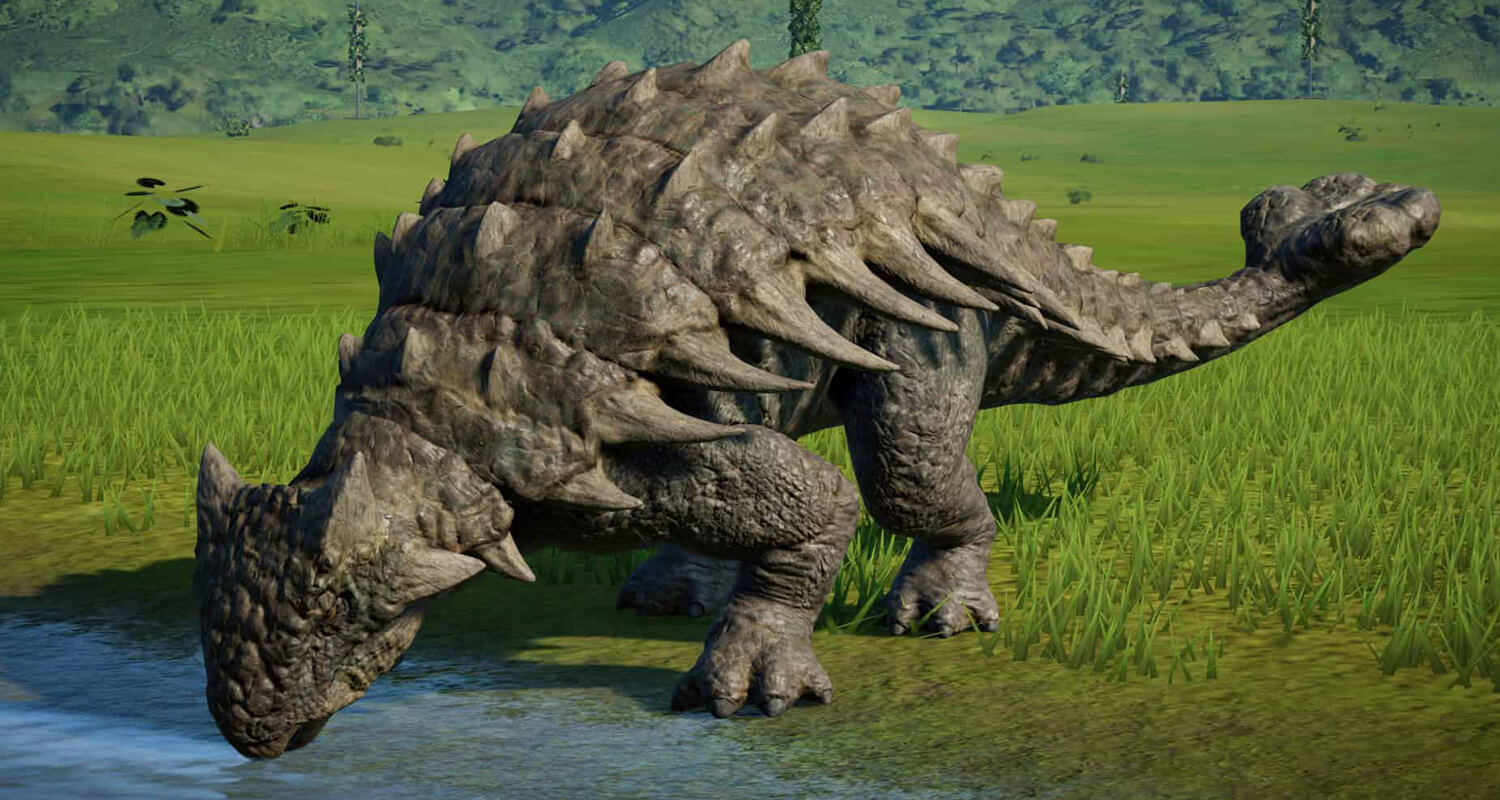
Ankylosaurs were low-slung, heavily fortified creatures covered in thick, interlocking plates. Their most iconic feature was the massive club-like tail, which could swing with enough force to break the bones of a predator.
Example: Ankylosaurus—the best-known armored dinosaur, resembling a four-legged tank
Other notable species: Euoplocephalus, Anodontosaurus
Stegosaurus: Plates and Spikes in the Jurassic
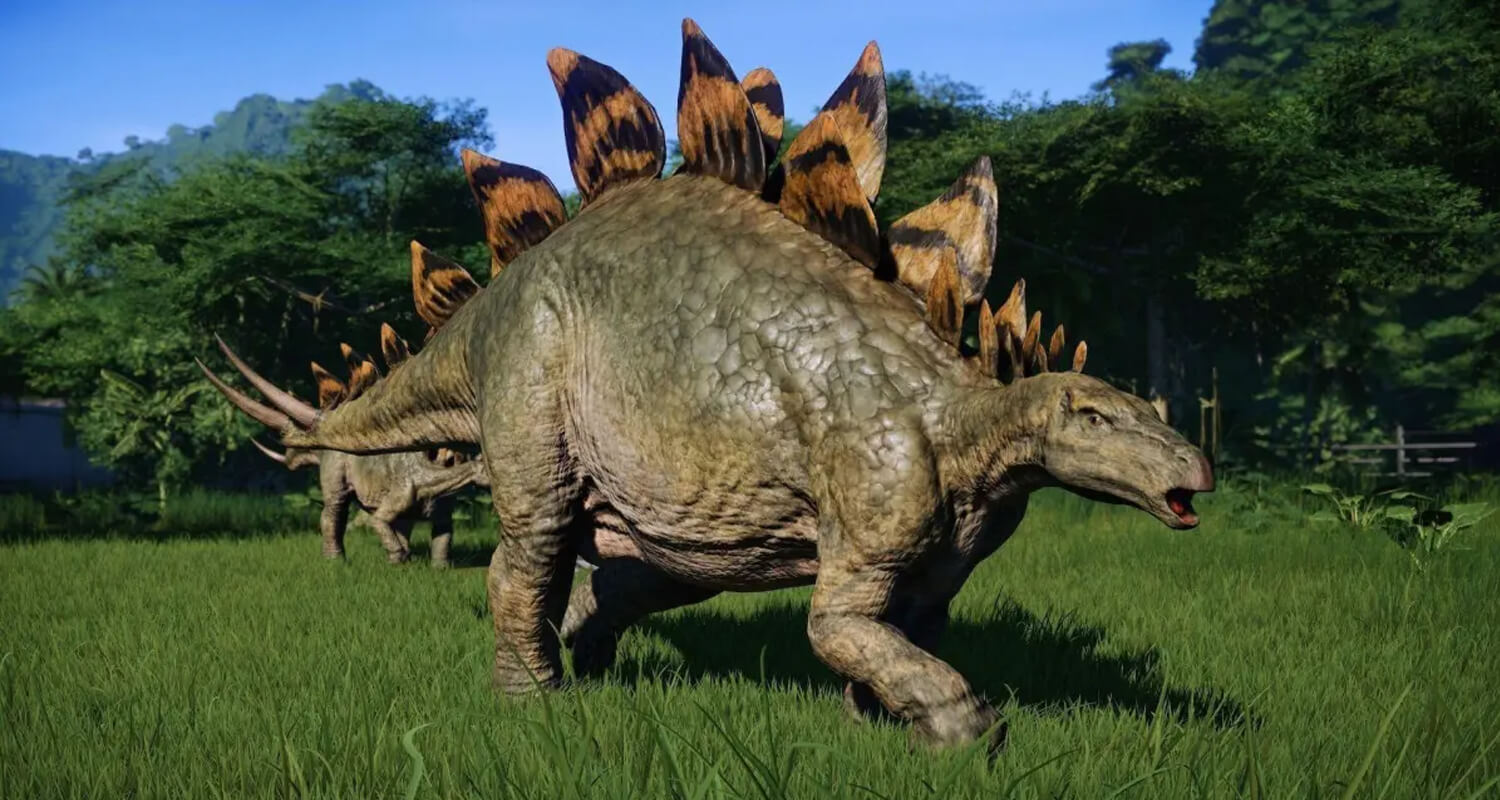
Stegosaurs had a very different look: a double row of large, upright plates along their back and fearsome tail spikes (called a thagomizer) for defense. Although less heavily armored than ankylosaurs, their tail weaponry was formidable.
Example: Stegosaurus—easily recognized by its iconic plates and spiked tail
Other notable species: Kentrosaurus, Tuojiangosaurus
Other Lesser-Known Armored Dinosaurs
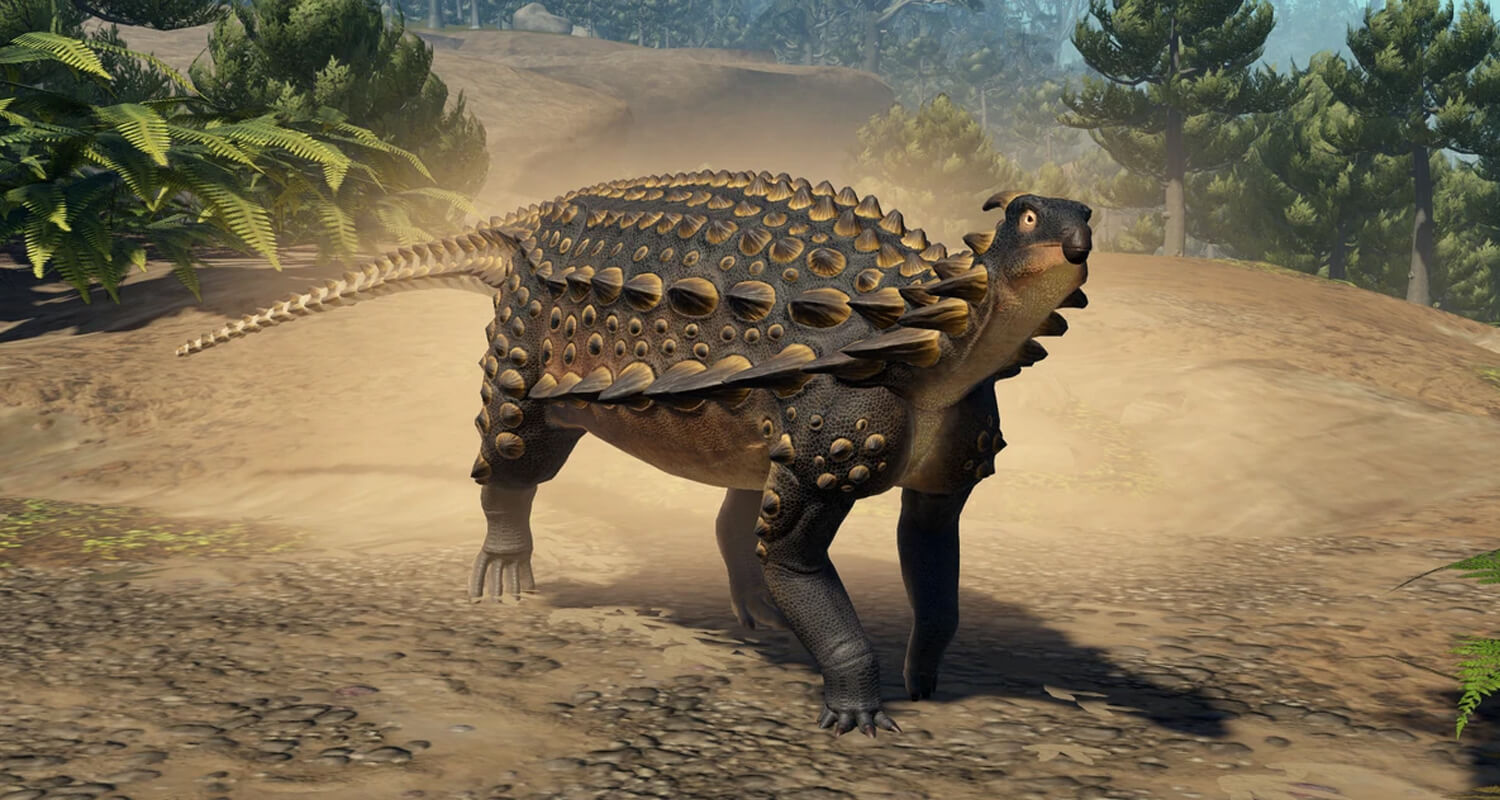
Several other armored dinosaurs also roamed prehistoric landscapes, playing vital roles in their ecosystems:
Scelidosaurus—an early armored dinosaur, important for understanding thyreophoran evolution
Sauropelta—noted for its extensive neck and body armor
Gargoyleosaurus—one of the earliest ankylosaurs, named for its gargoyle-like appearance
The Purpose of the Armor
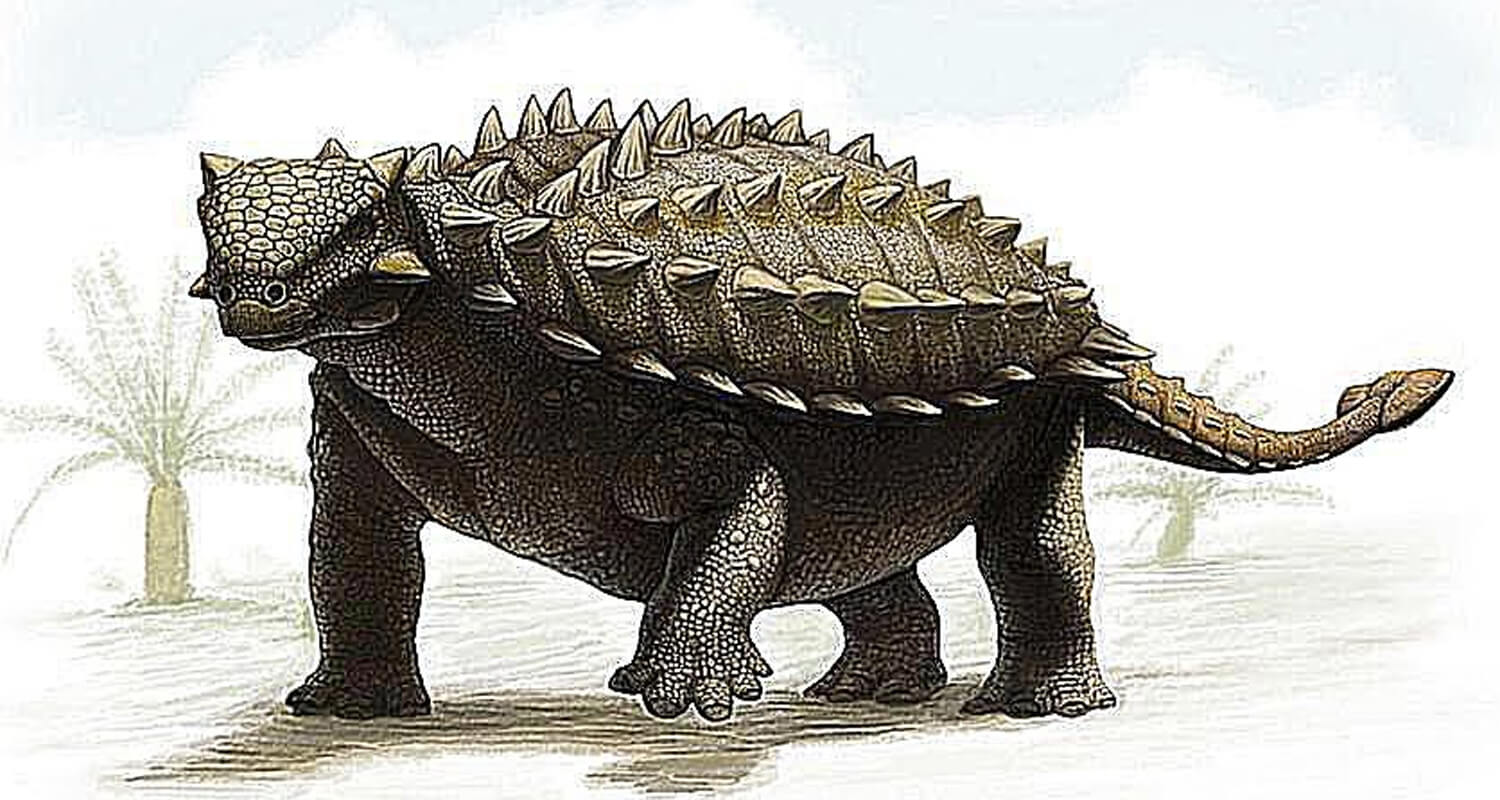 Armor in these dinosaurs served multiple purposes:
Armor in these dinosaurs served multiple purposes:
Defense: The primary function was protection from predators like Allosaurus or T. rex.
Display: Plates and spikes may have been used for visual communication—intimidation, species recognition, or attracting mates.
Thermoregulation: In stegosaurs, back plates may have helped regulate body temperature by dissipating heat.
How Paleontologists Study Armored Dinosaurs
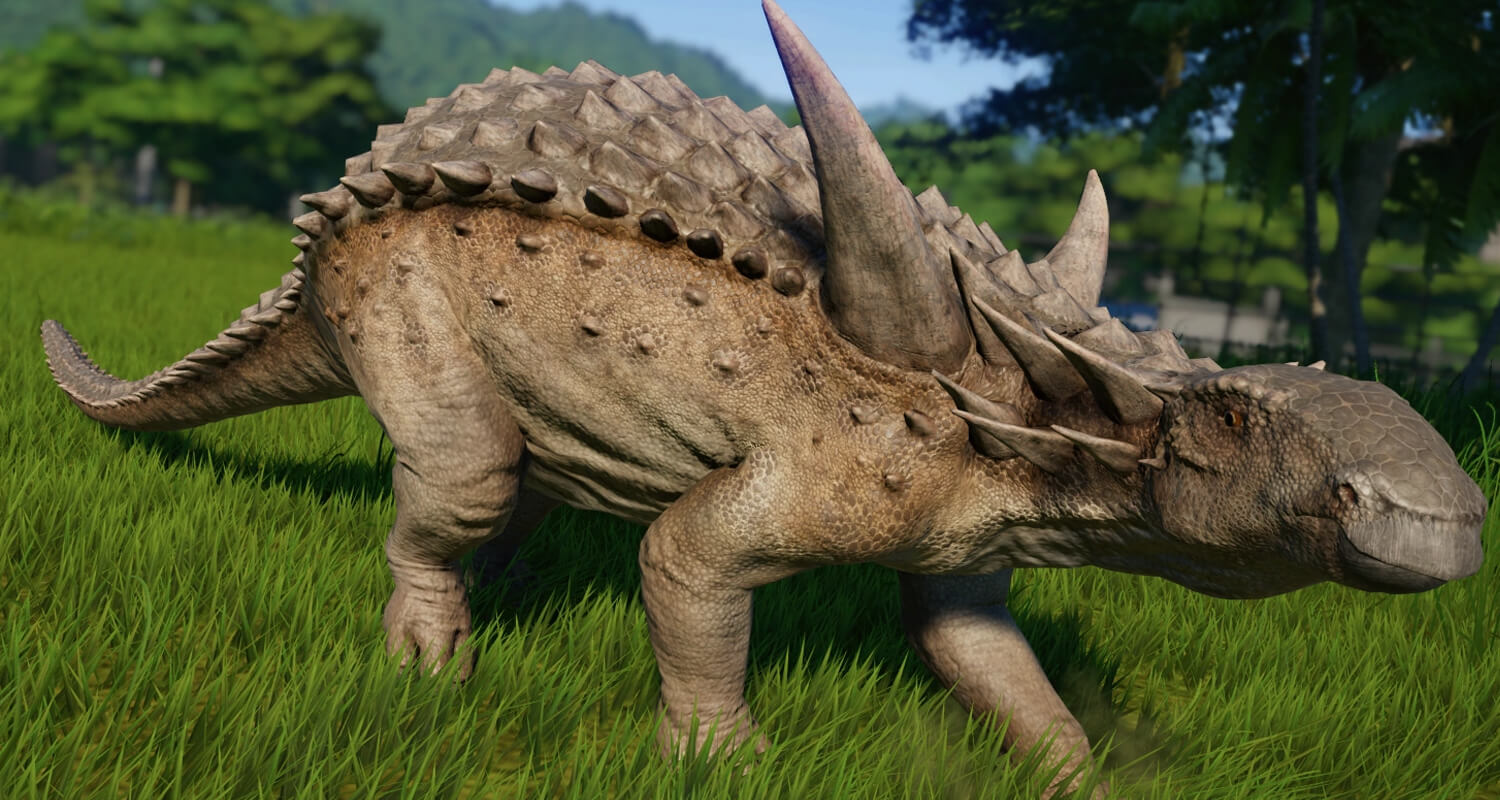
Studying armored dinosaurs requires careful examination of fossilized bones and osteoderms.
Wear patterns on tail clubs suggest how they were used.
CT scans and modeling help scientists understand how plates and armor were connected to muscles and skin.
Comparisons with modern armored animals like armadillos and crocodiles offer additional insight into function and behavior.
Armored Dinosaurs in Popular Culture
Armored dinosaurs have left a lasting impression in pop culture. From Stegosaurus in "Jurassic Park" to toy models and video games, these creatures captivate audiences with their bizarre and powerful appearances. Their blend of gentleness (as herbivores) and invincibility makes them especially appealing to children and dinosaur enthusiasts.
FAQs About Armored Dinosaurs
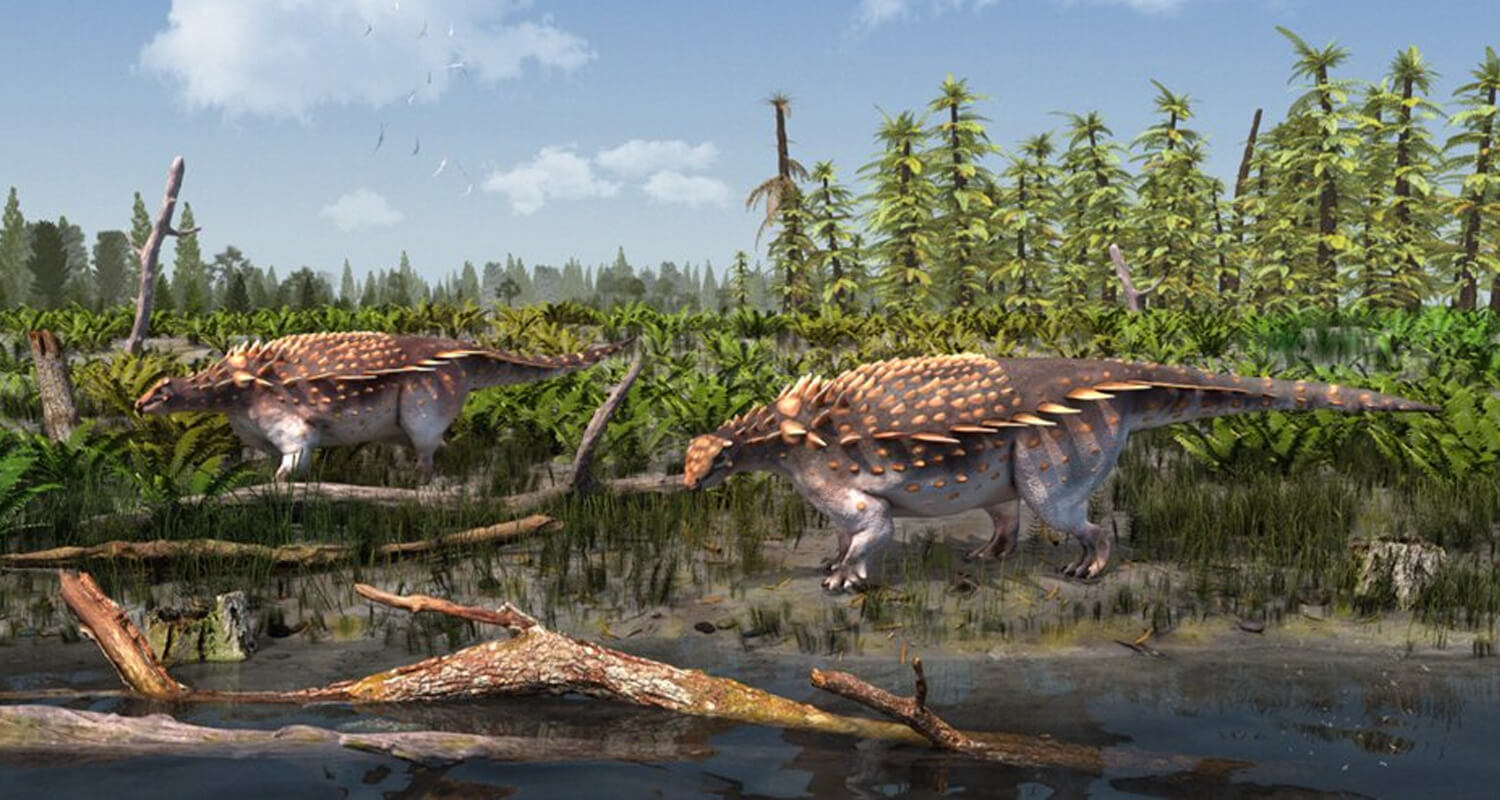
Q: What is the most heavily armored dinosaur?
A: Ankylosaurus is widely considered the most heavily armored dinosaur, with thick bony plates and a powerful tail club.
Q: Did all armored dinosaurs have tail weapons?
A: No. Only certain ankylosaurs developed tail clubs. Stegosaurs had spiked tails, while others had only body armor.
Q: Were armored dinosaurs herbivores or carnivores?
A: All known armored dinosaurs were herbivores, feeding on low-growing vegetation.
Q: How effective was their armor against predators like T. rex?
A: While no armor was invincible, ankylosaurs' armor and tail clubs provided strong protection, making them difficult and dangerous targets even for top predators.
